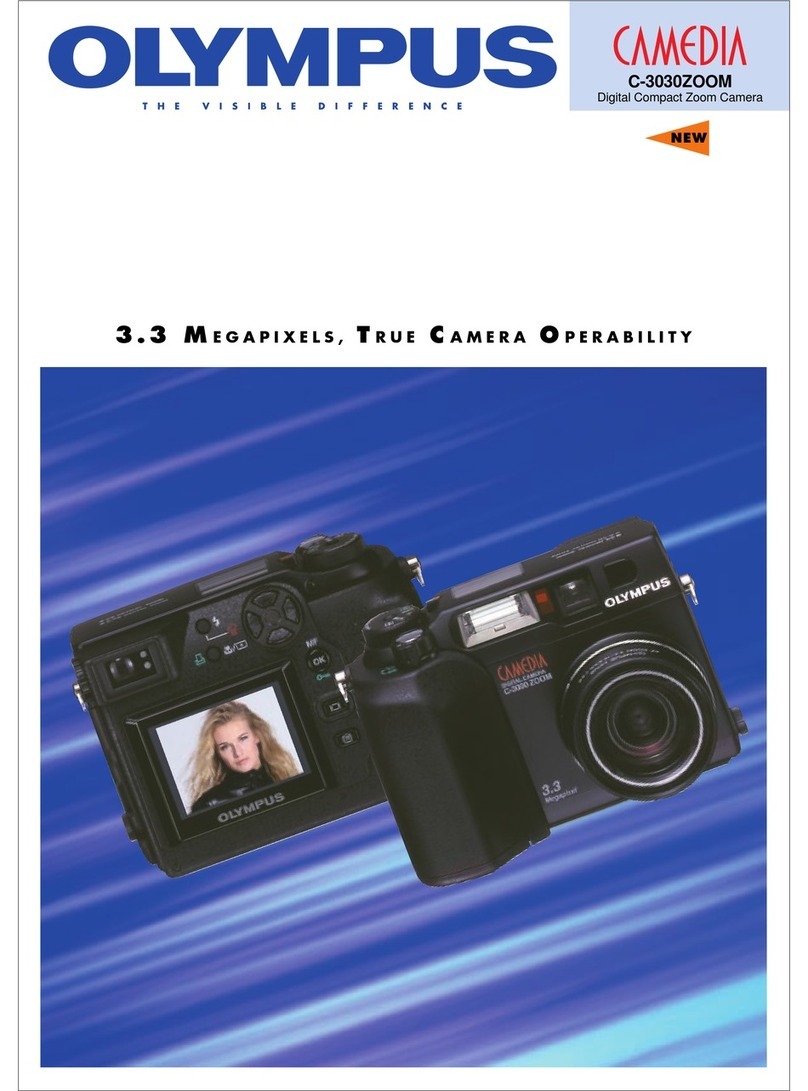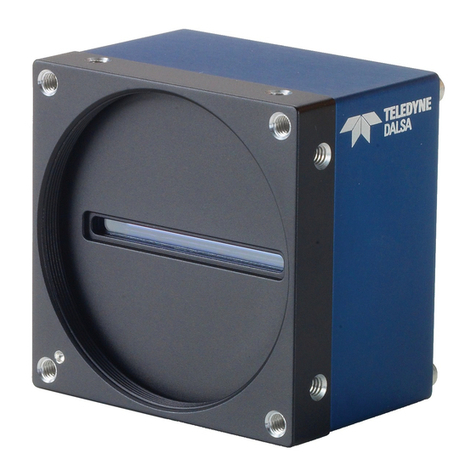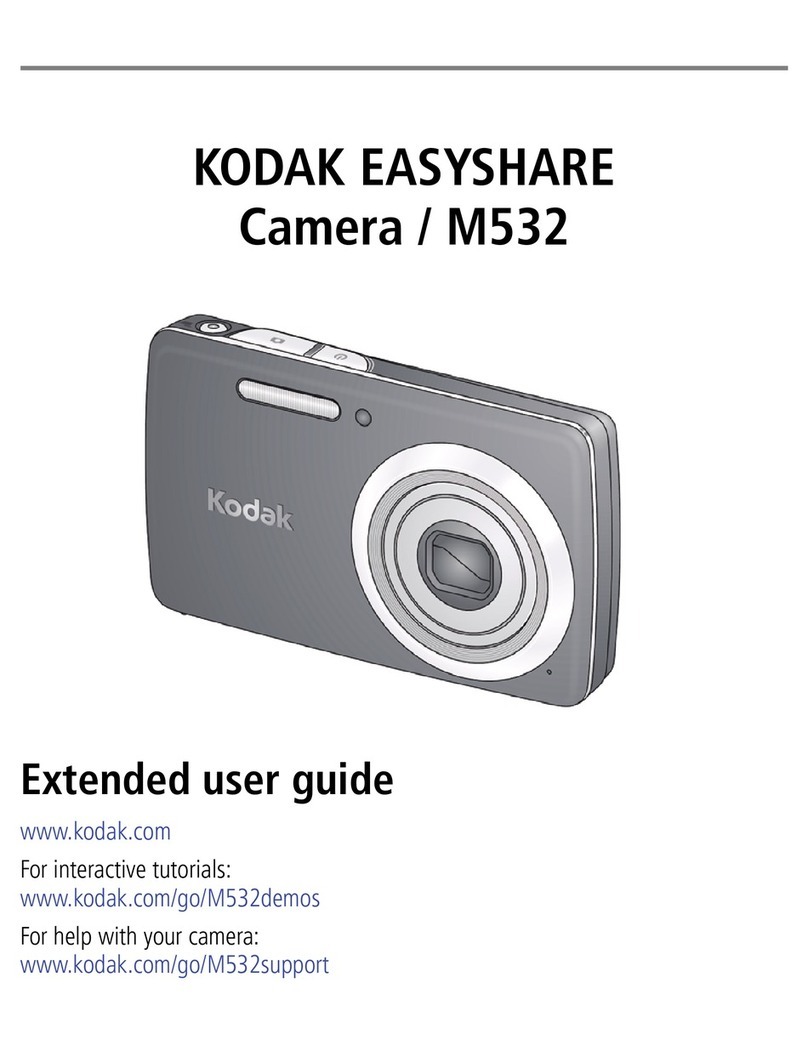Nikon FE2 User manual
Other Nikon Digital Camera manuals

Nikon
Nikon CoolPix S700 User manual
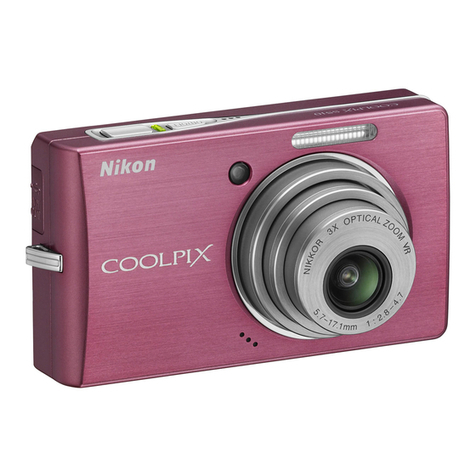
Nikon
Nikon Coolpix S510 User guide
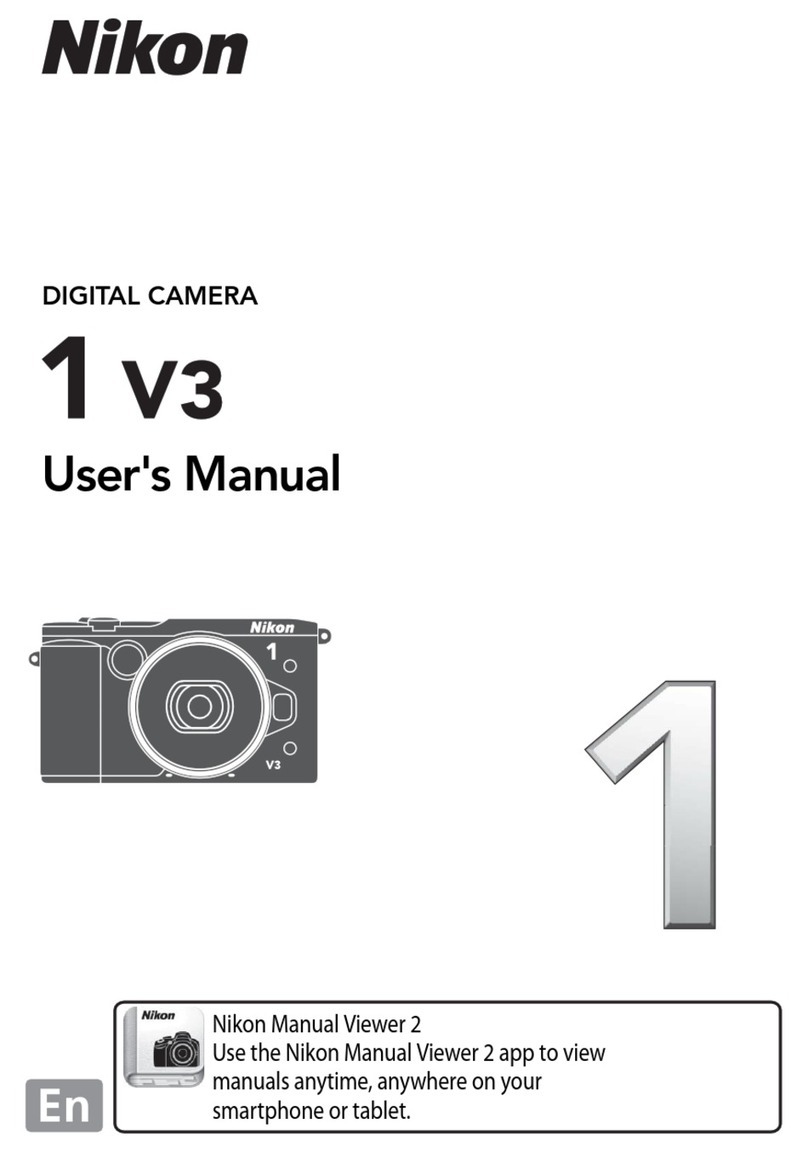
Nikon
Nikon 1 v3 User manual

Nikon
Nikon D7500 User manual
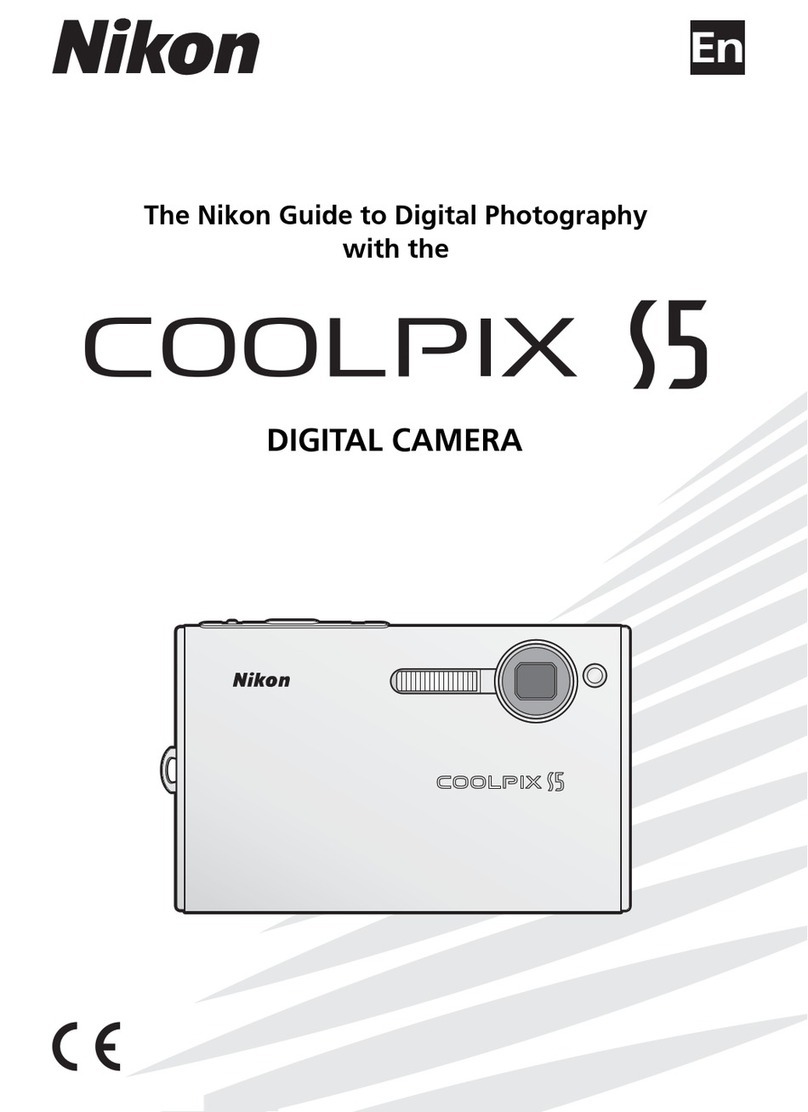
Nikon
Nikon COOLPIX S5 User manual

Nikon
Nikon COOLPIX 5700 Operating instructions
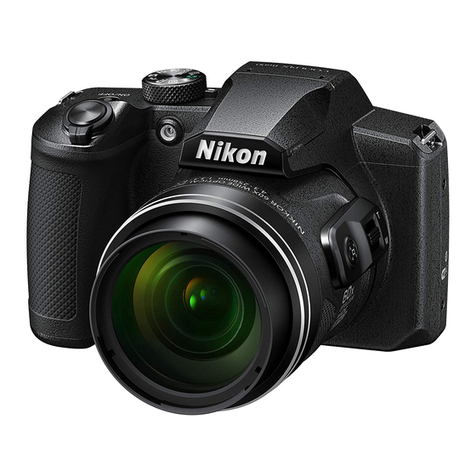
Nikon
Nikon COOLPIX B600 User manual
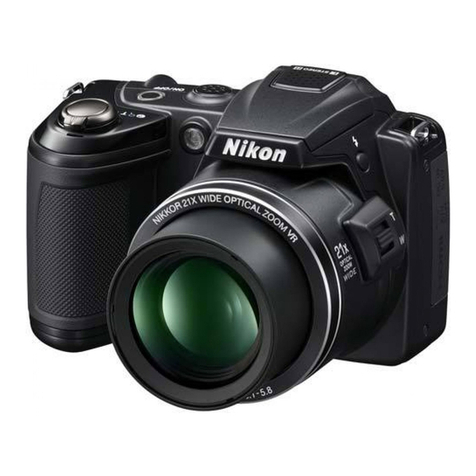
Nikon
Nikon Coolpix L120 User manual
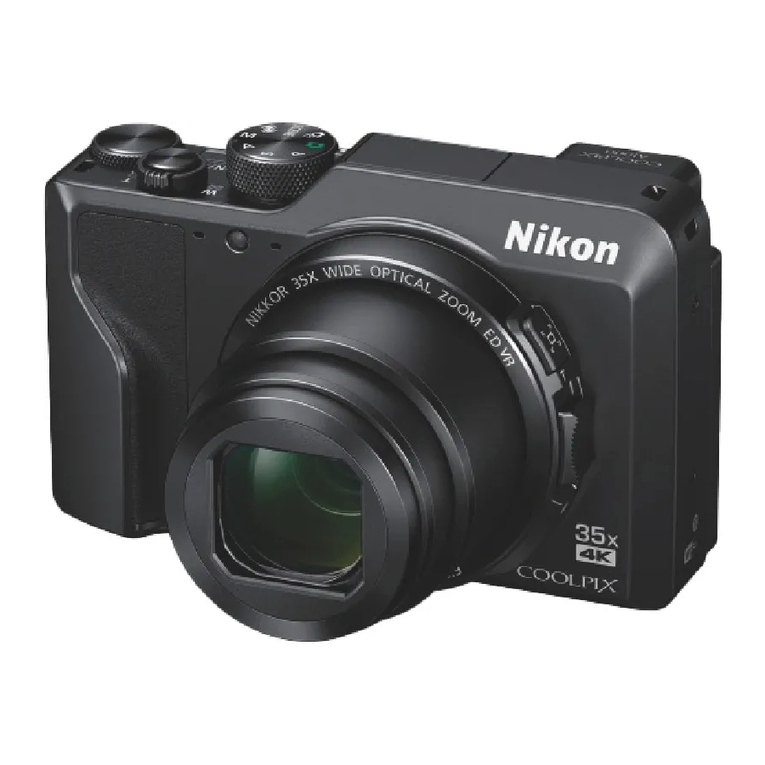
Nikon
Nikon Coolpix A1000 User manual

Nikon
Nikon DXM1200F Assembly Instructions

Nikon
Nikon CoolPix S6300 User manual
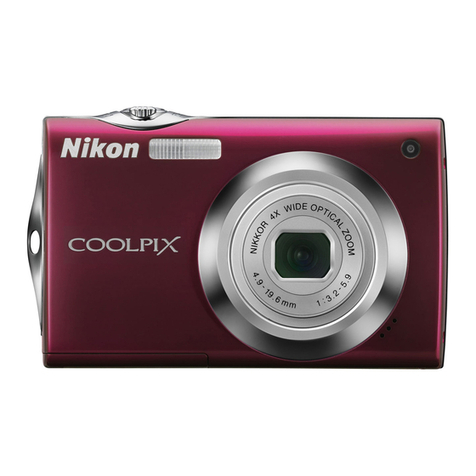
Nikon
Nikon COOLPIX S4000 User manual
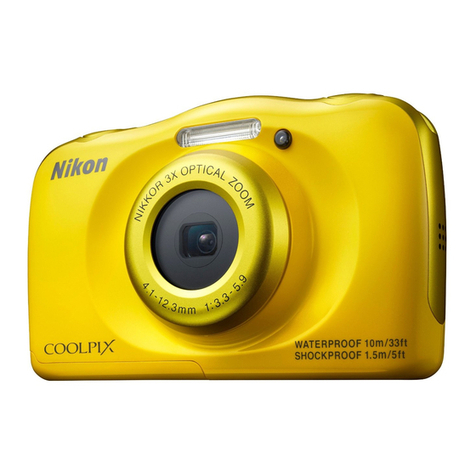
Nikon
Nikon Coolpix S33 User manual
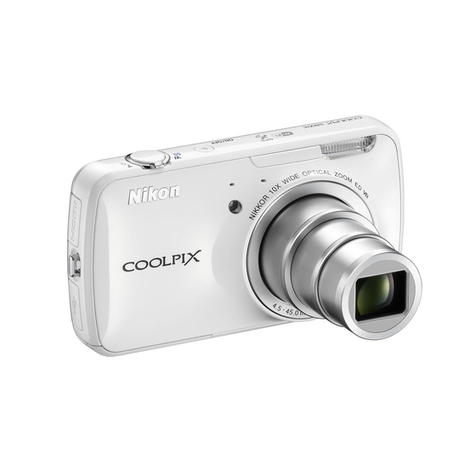
Nikon
Nikon COOLPIX S800c User manual

Nikon
Nikon Coolpix 3600 User manual
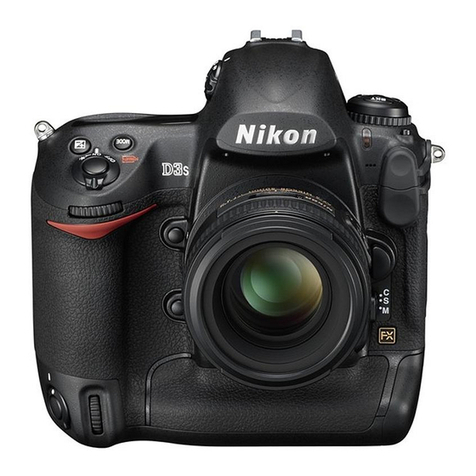
Nikon
Nikon D3S Quick start guide
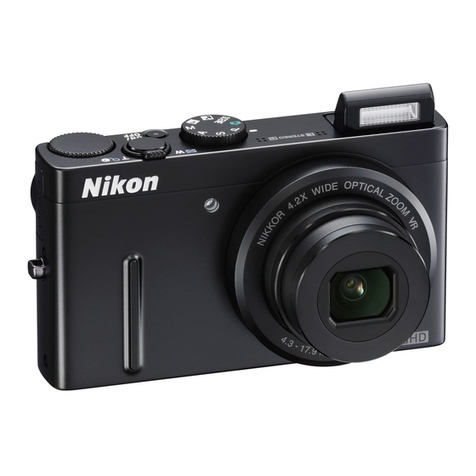
Nikon
Nikon Coolpix P300 User manual
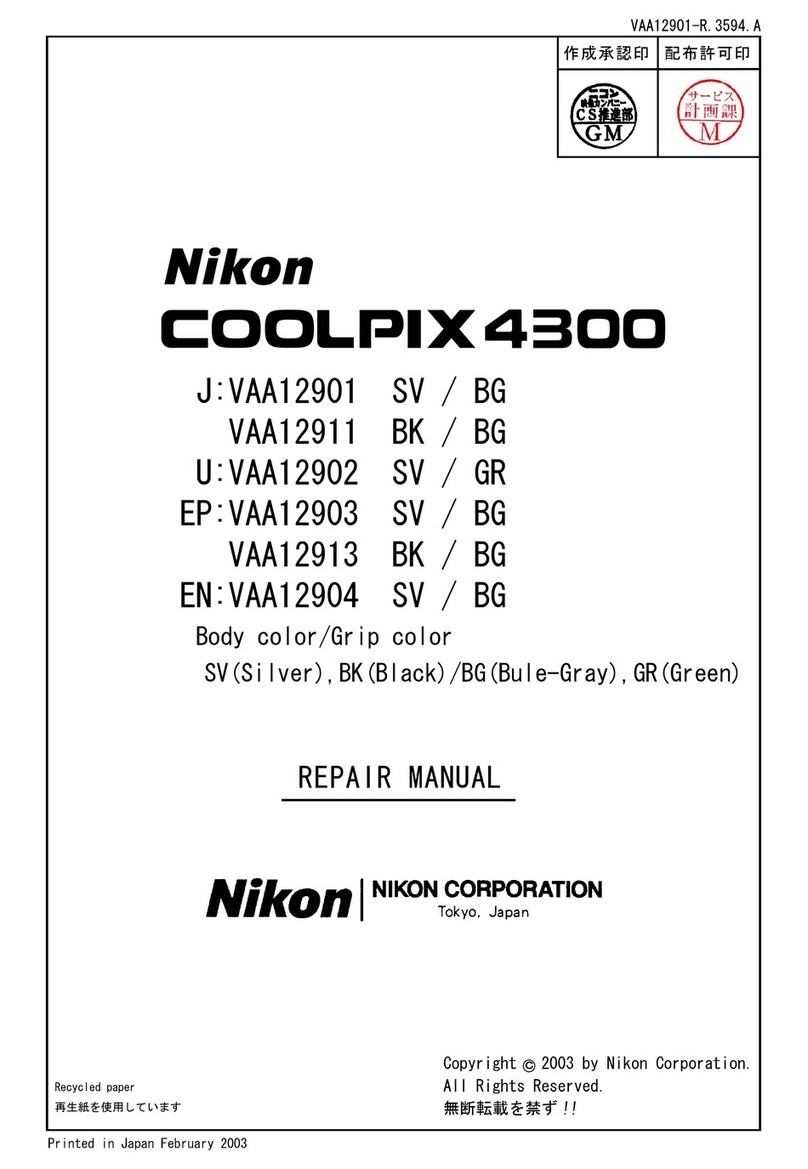
Nikon
Nikon COOLPIX 4300 Operating instructions
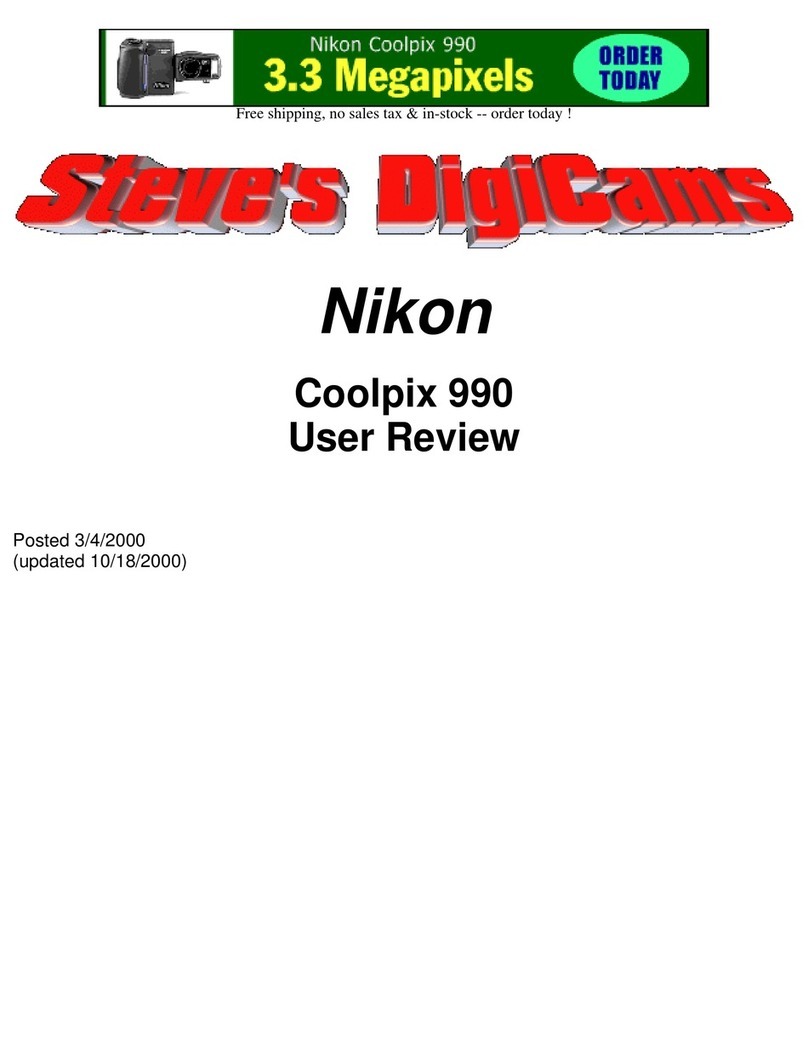
Nikon
Nikon Coolpix 990 User manual

Nikon
Nikon CoolPix S550 User manual



















